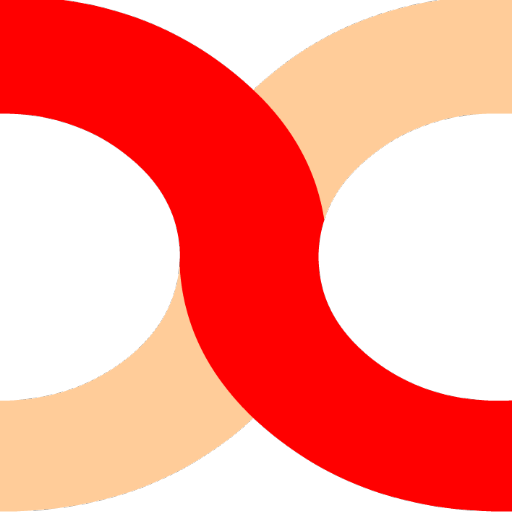call: 2019 Artists Residency Program in Carolina
Deadline: 15 January 2019
Call for entries
2019 Artists Residency Program in Carolina
The School of Visual Art and Design at the University of South Carolina
invites visual artists to submit applications for the spring session of the 2019 Artist Residency Program which is intended to address themes of environment and ecology.
Web
https://SVADatUSC.wixsite.com/ResidencyProgram
This theme was chosen to create and explore the connections between environmentally informed works of art and a city’s community. From simple inquiries, such as who has access to information about the environment, to deeper socio-economic concerns— who can afford to be sustainable— we invite artists to respond to environmental questions while in residence at the SVAD studio.
​
We believe that the 21st century artist works with multiple and varied materials, including film/video/new media, installation, and performance. We would like to see applications from artists who have new perspectives and creative approaches to relevant concepts and pending issues in environmental or ecological studies and the oftentimes tumultuous relationships between humans and the earth. By asking artists to challenge those relationships through visual means, a goal of this residency is to inspire dialogue between artist, artwork, and community.
While there is no strict definition to environmental or ecological art, it was spearheaded in the 1960s by artists like Joseph Beuys who worked with natural materials, and has continued to capture the public imagination in the years since through large outdoor works such as Robert Smithson’s Spiral Jetty (1970), Christo and Jean-Claude’s Surrounded Islands (1980-1983), and Olafur Eliasson’s Ice Watch (2014). Over the years, artists have taken critical standpoints in investigating human responsibility and the earth’s fragility. How will the current generation of artists approach and deal with environmental problems that appear increasingly unrepairable? What kinds of connections can art form between humans and the environment?
South Carolina’s ecology
South Carolina boasts national forests, marshes, estuaries, coastal wetlands, meadows, and rivers that are essential to North America’s ecosystems. Currently, the greatest threat posed within the state is new development that destroys natural habitats and drives indigenous animal species away. Although South Carolina is threatened by long droughts, it is also expected to experience longer and more intense periods of rain which will flood rivers and streams and threaten crops.
The Gill Creek Watershed is the main watershed flowing through the city, although unfortunately it is an impaired system due to overgrowth of bacteria and low levels of oxygen in the water. The residency site is located along a smaller stream known as Kinsler Creek which, along with the Saluda and Broad Rivers, feeds into the Congaree River. While at Stormwater, we hope the resident artist is able to be informed by Columbia’s environment and create work with Columbia in mind.​
The Session
The Spring 2019 session lasts from March 1st– April 14th, 2019. SVAD is unable to pay for travel or housing for the resident at this time. ​
The Studio
Located inside of Stormwater Studios, SVAD’s artist studio is a climate controlled, 220 sq. ft. space with 24/7 access. It includes basic studio furniture — a sink, flip table, chairs, easel, and drafting stool, with access to restrooms and a basic kitchen. The space includes a projector, high speed computer, receiver, and speakers. The artist may not live in the studio during the session.
Requirements
I. Public art component
The artist should propose an artwork that may qualify as public art. The work may be created and installed in a public space, or be participatory and engage the public.
​II. Community Engagement
The artist should propose an activity to engage with the community at the School of Visual Art and Design. This may include a presentation, workshop, critique, or other activity. SVAD currently enrolls around 700 students in the areas of studio art, media arts, art history, and art education.
The artist should also participate in a monthly open studio event held on the third Thursday of the month from 5:00pm-9:00pm.
​III. Thematic
The artist’s work during the residency should be informed by Columbia’s ecology or environment. The artist should agree to exhibit this work toward the end of the residency. ​
​Eligibility
The Artist Residency Program is open to all artists from around the world. Small collaborative groups are eligible to apply. The SVAD at the University of South Carolina is not responsible for arranging travel, food, or housing for the artist.​
Application
Please submit the following as a single PDF attachment (under 10 MB) to svadstrm@mailbox.sc.edu
A one to two-page resume
An artist statement (1 page maximum)
A 300 word proposal for the artist residency:
please address plans for your time here. What do you hope to accomplish? What public works do you propose? How would you like to engage SVAD students and the local community?
A short (100 word) proposal for community engagement with the School of Visual Art and Design at the University of South Carolina.
Your portfolio, with images of 10-20 works.
Review Process
The selected artist will be notified on February 1st, 2019.​
Award
The selected artist will be awarded a $1,500.00 honorarium.
More info
https://SVADatUSC.wixsite.com/ResidencyProgram

